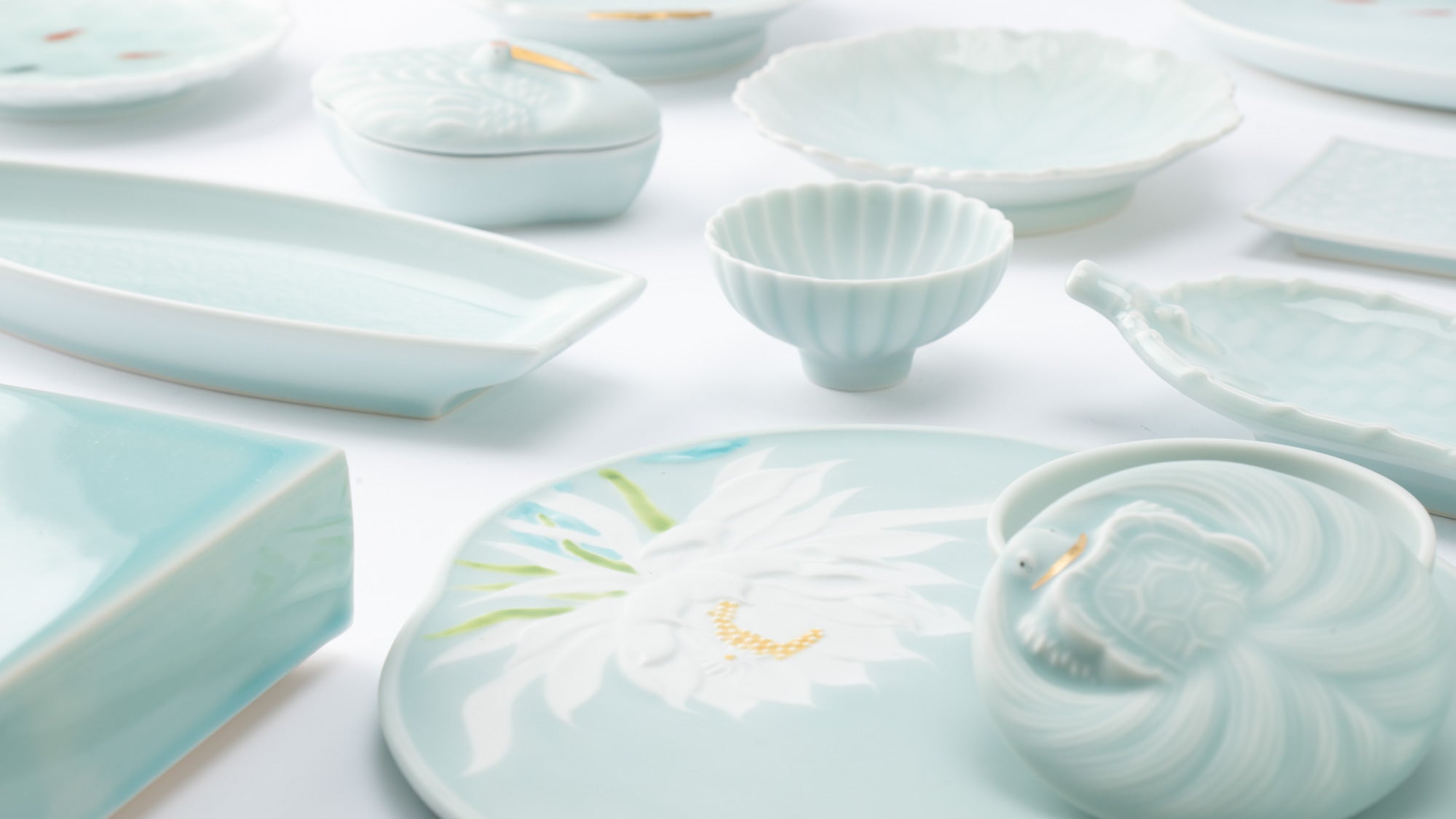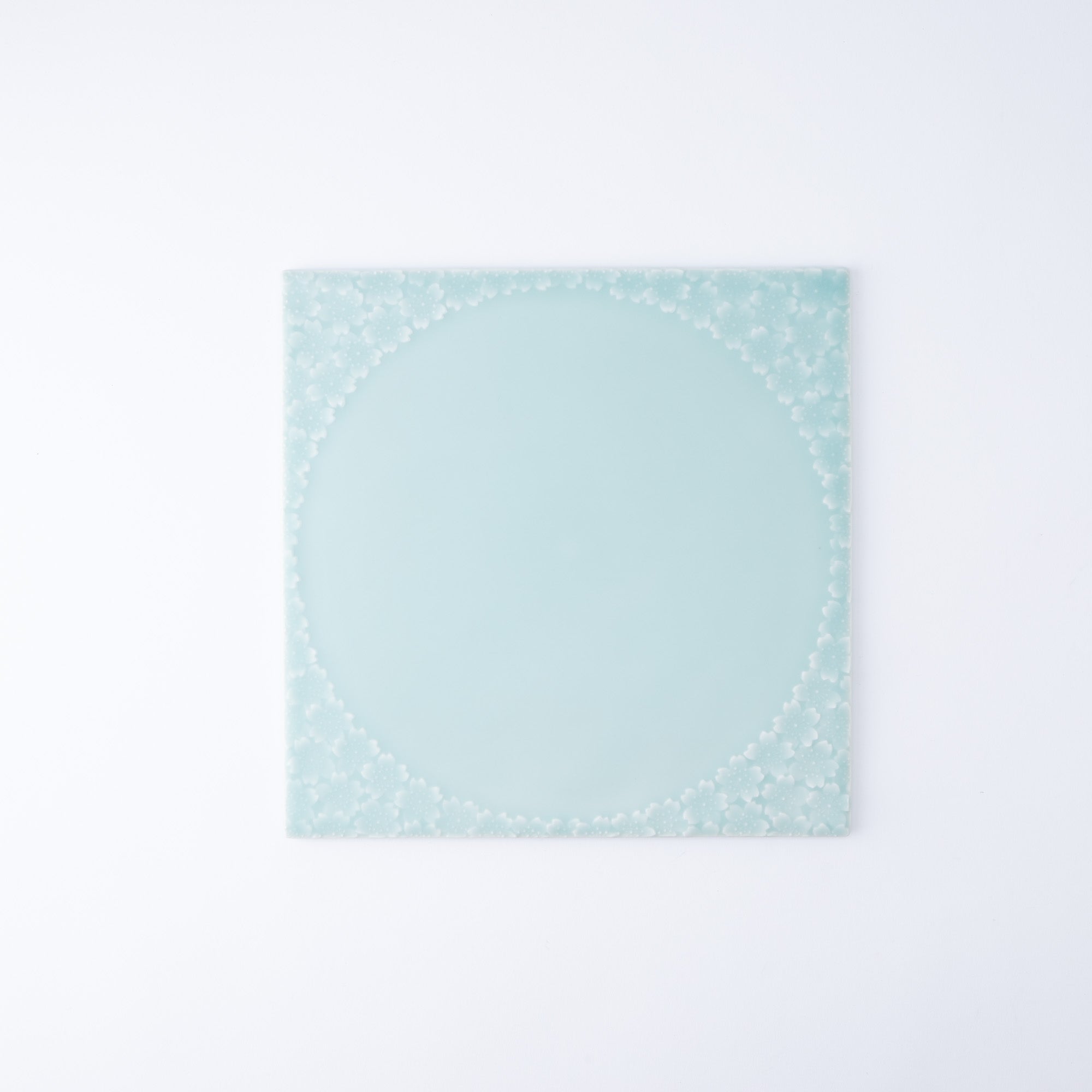
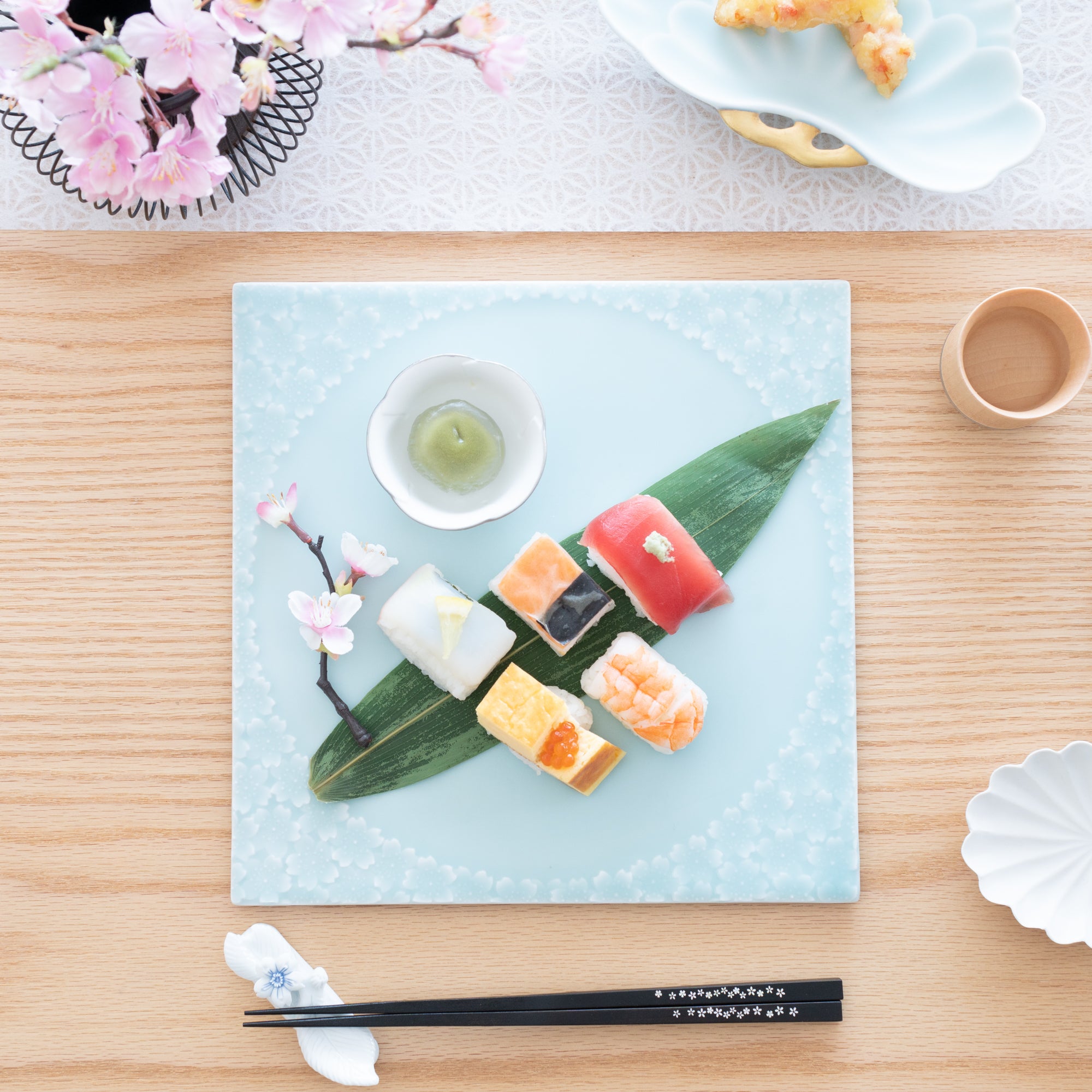
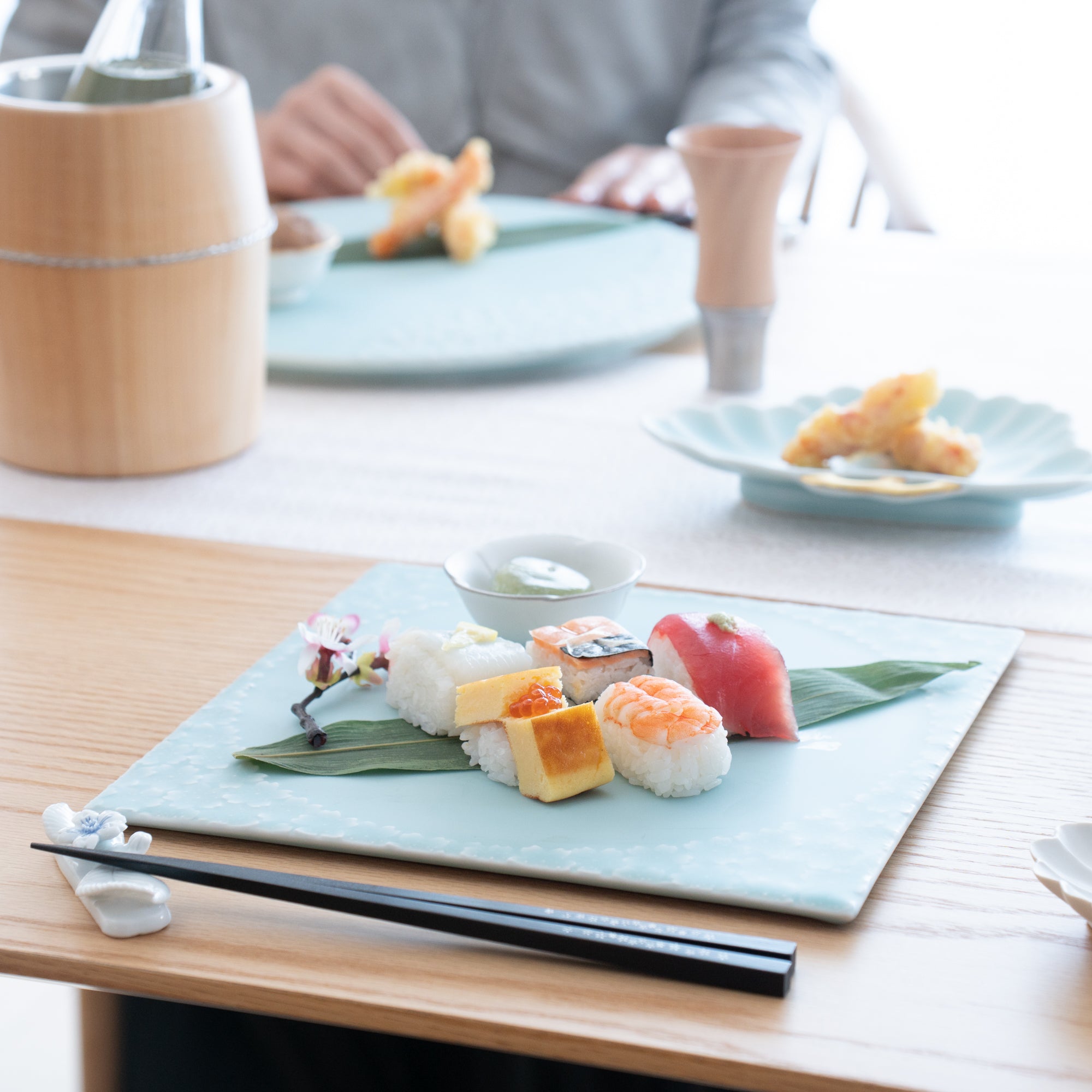
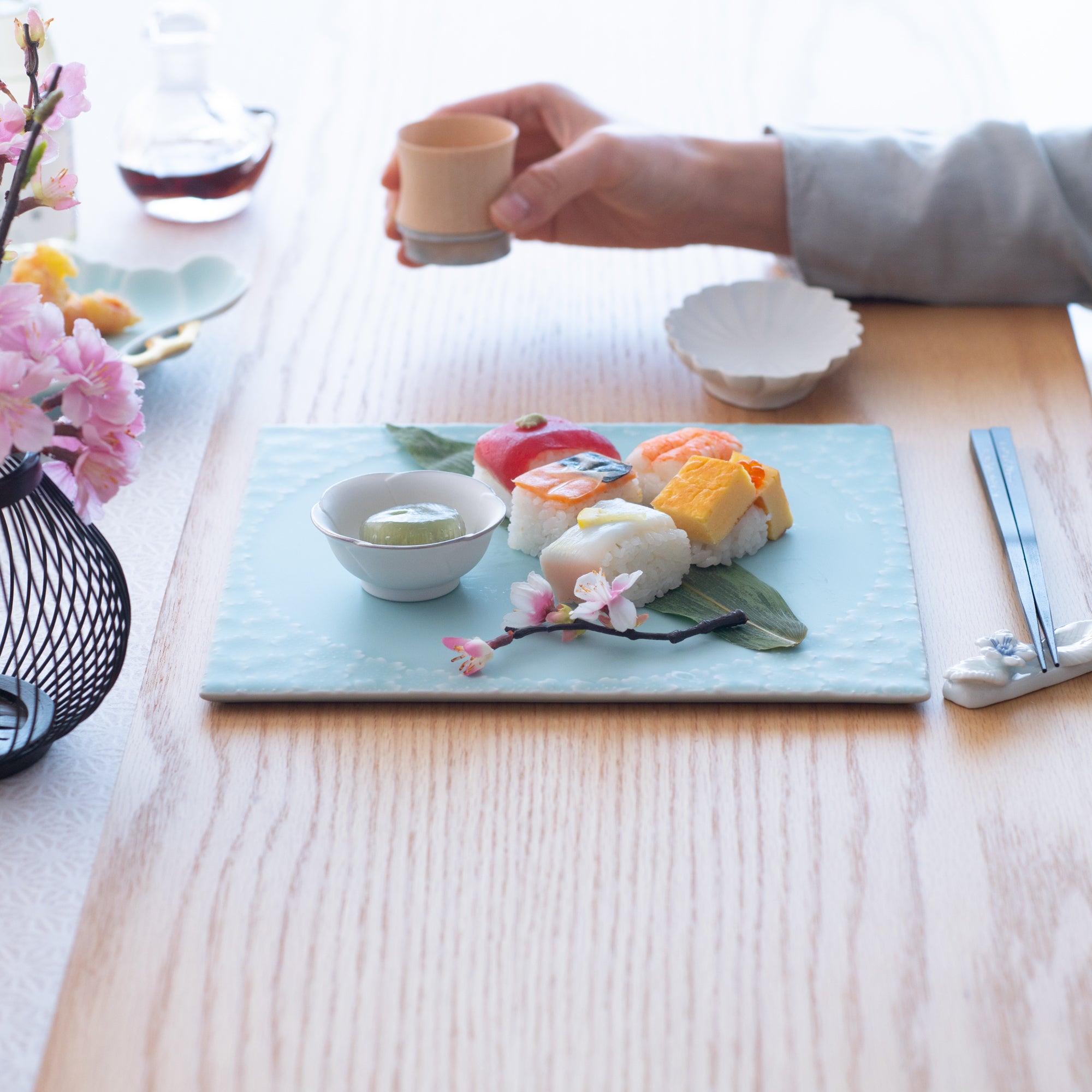
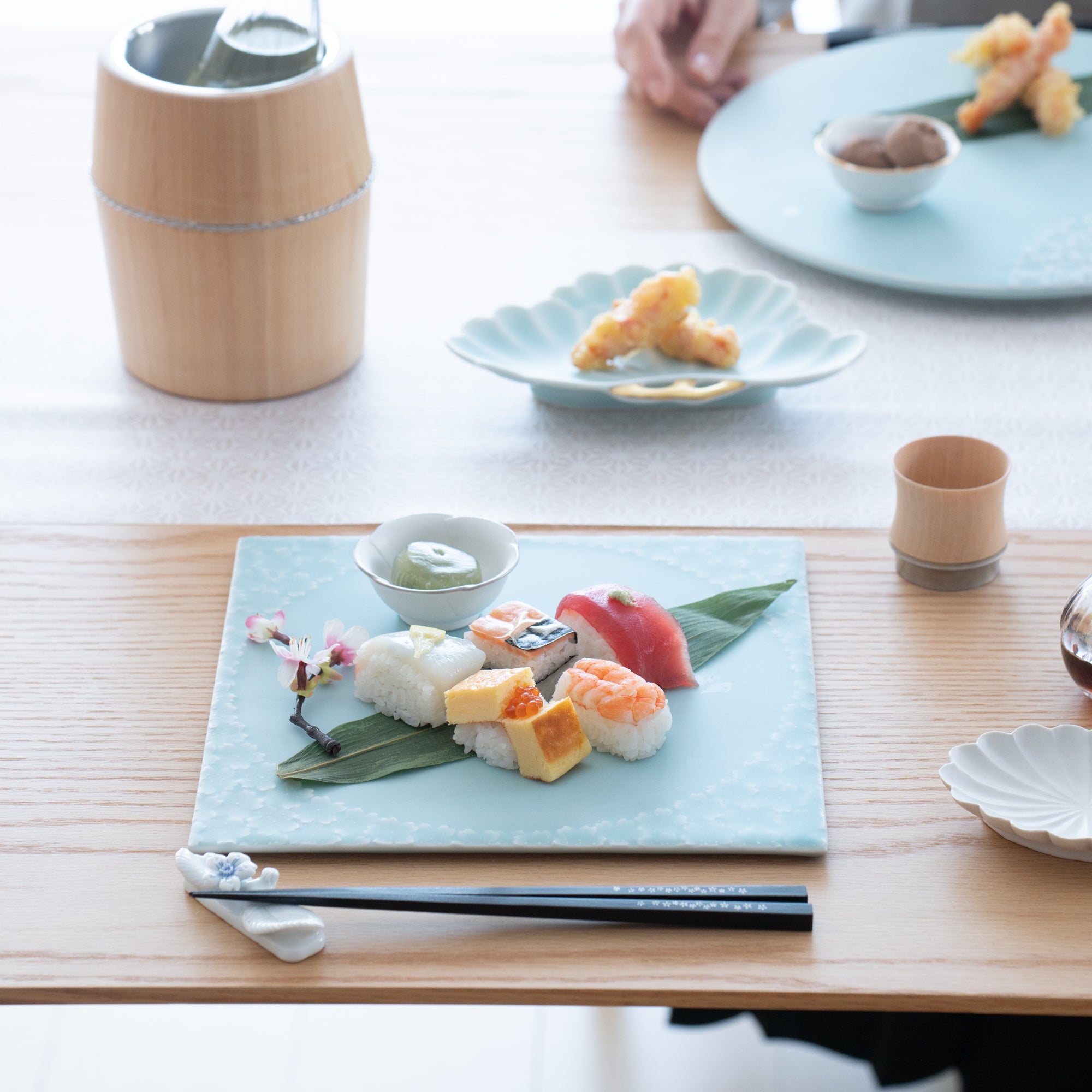
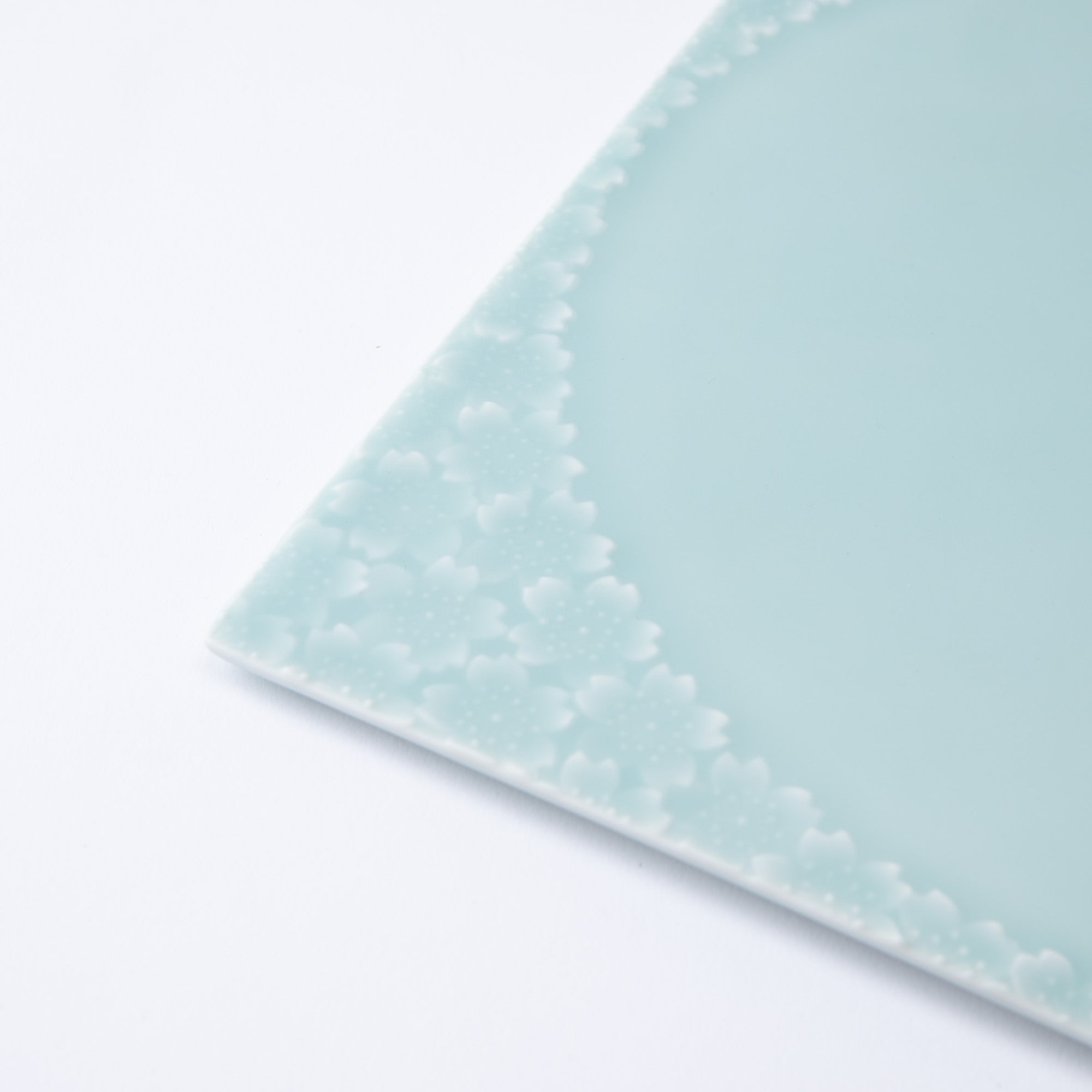
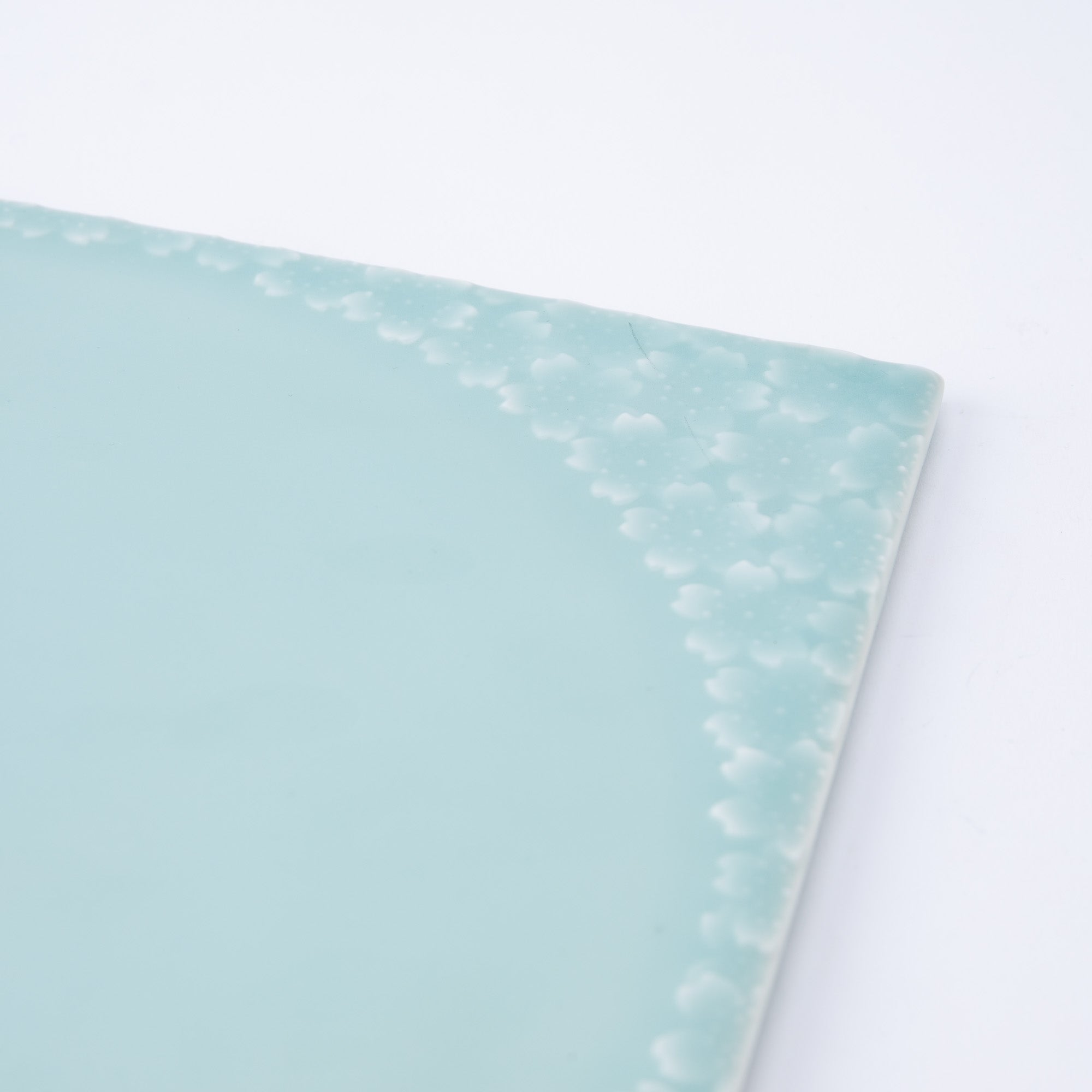

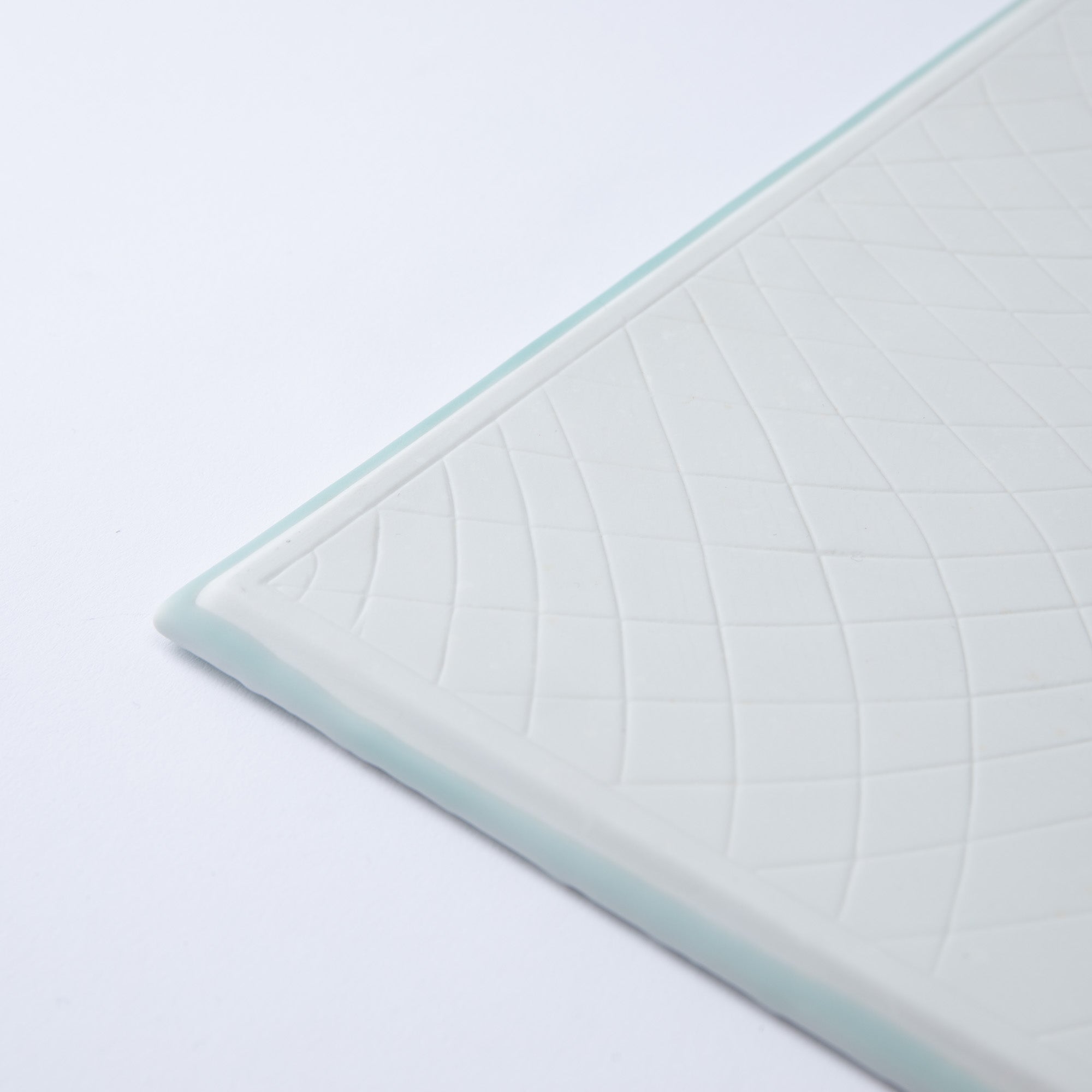
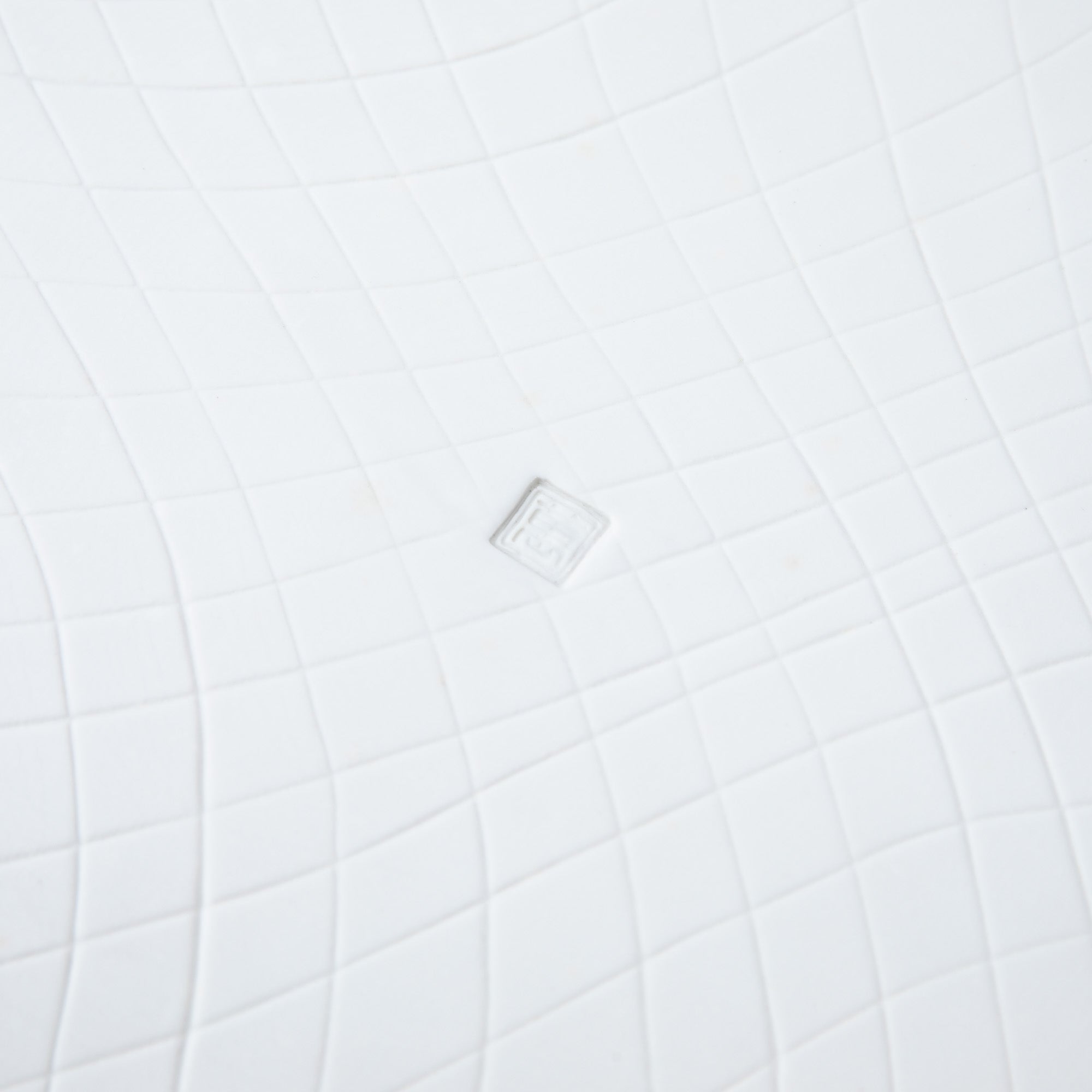
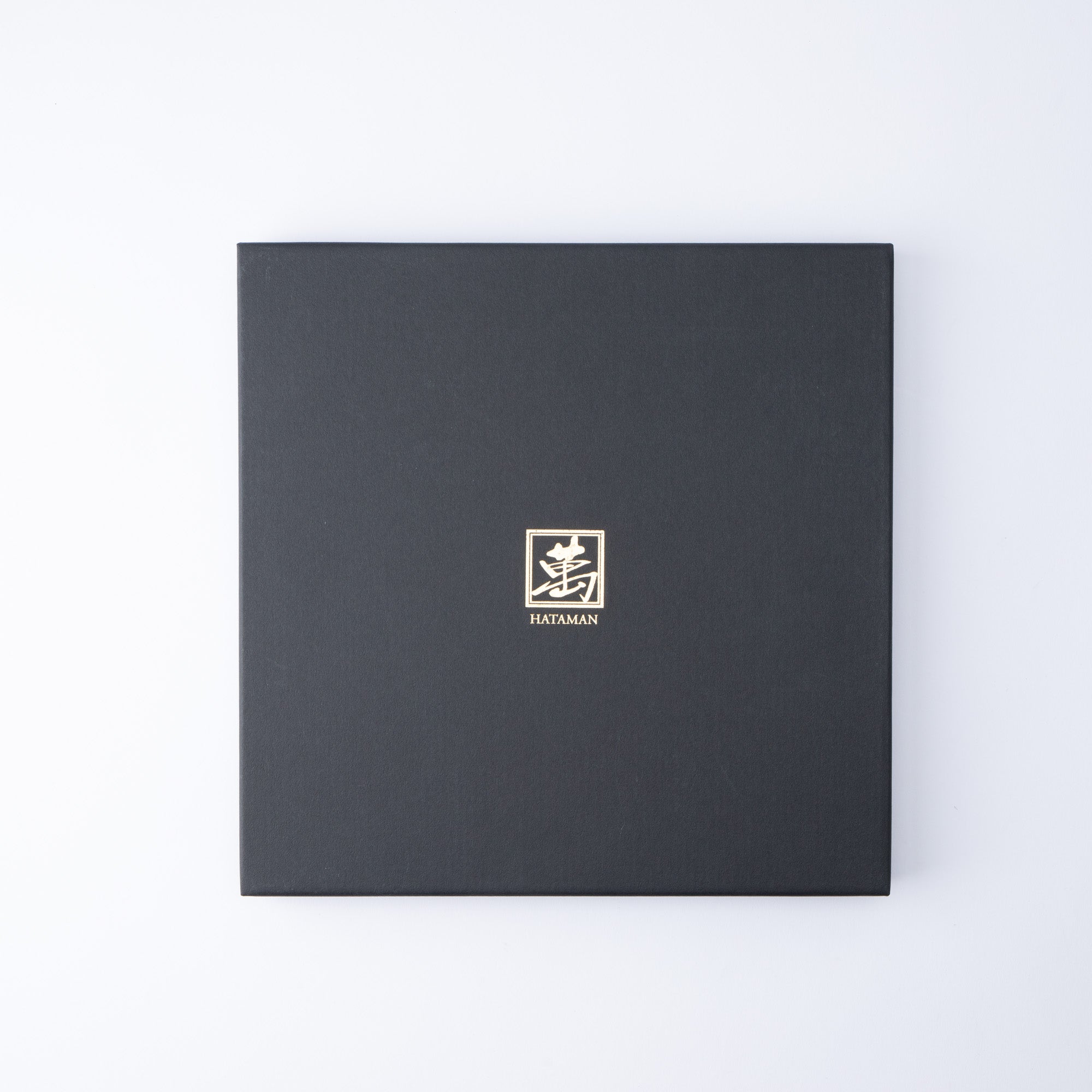
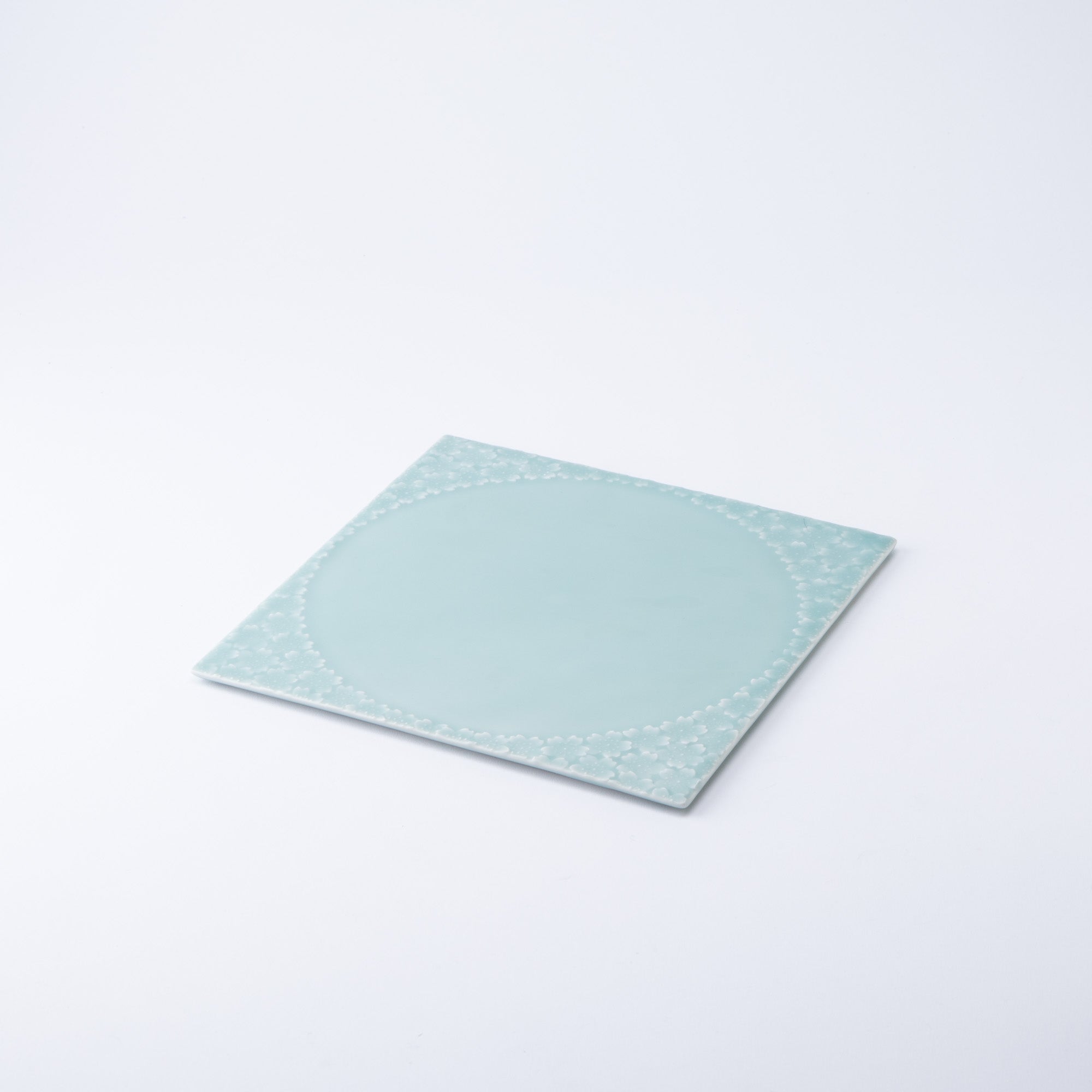
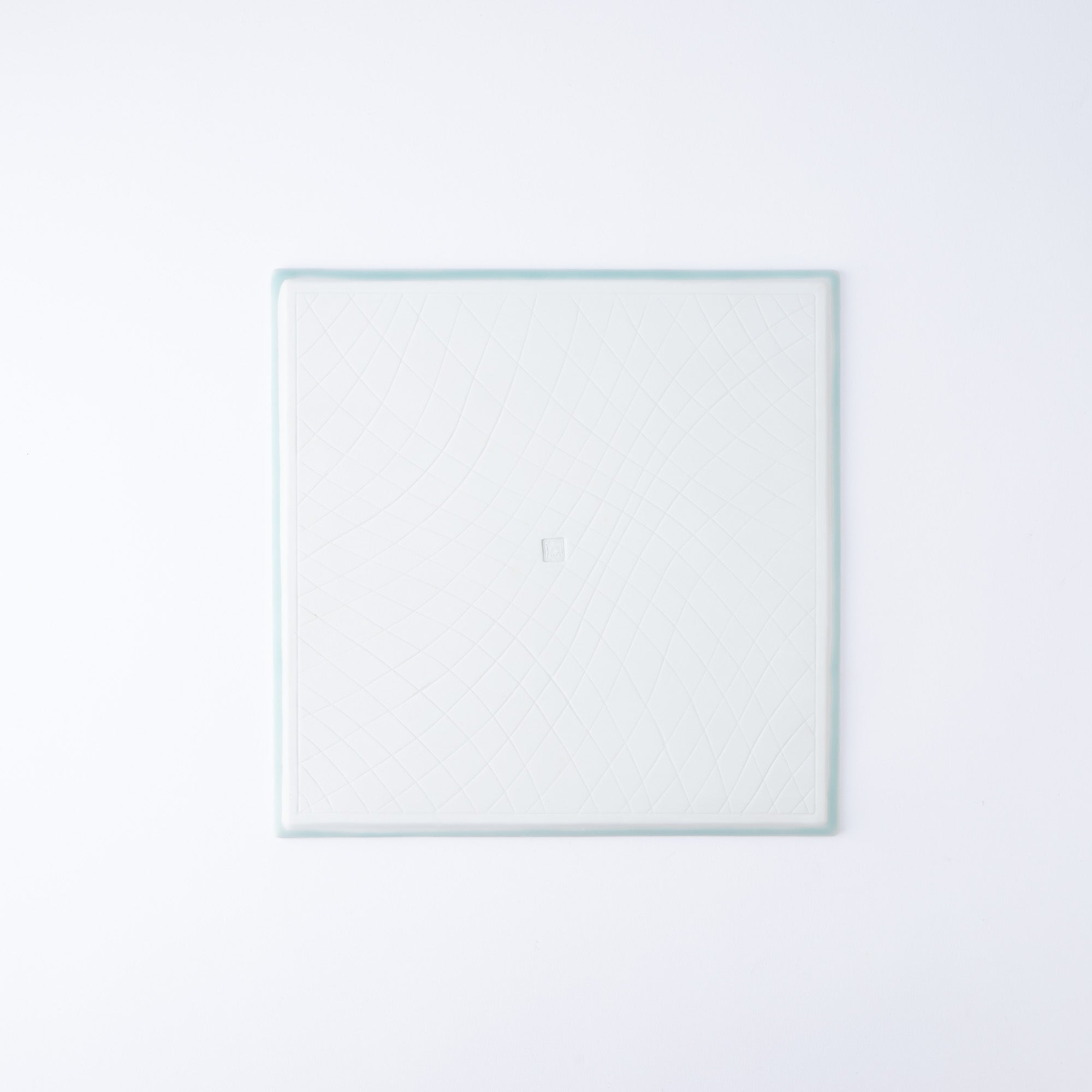
Moist Sakura Square Dinner Plate
Estimated Shipping Widget will be displayed here!
This square plate features a stunning sakura, or cherry blossom, carving that beautifully frames any dish placed on it, adding elegance to your dining table. Simply setting it at the center creates a striking focal point that enhances the entire space. The gentle, matte celadon finish offers a soft, inviting feel the moment you touch it.
Its size is ideal for presenting sashimi, sushi, and many other delicacies. It may also serve as an exquisite decorative piece on a shelf or table.
DETAILS
| Quantity | 1 |
| Size |
L 24.5 cm (9.6 in) x W 24.5 cm (9.6 in) x H 0.5 cm (0.2 in) |
| Material | Porcelain |
| Package Type | Paper box |
| Microwave | Yes |
| Dishwasher | Yes |
Maker / Brand
Hataman Touen inherits the rich history and techniques of Imari Nabeshima ware, a tradition spanning 370 years, while embracing the spirit of Japanese culture that enriches the heart and soul. They aim to embody Japanese aesthetics in a modern context and share their story and products with the world.
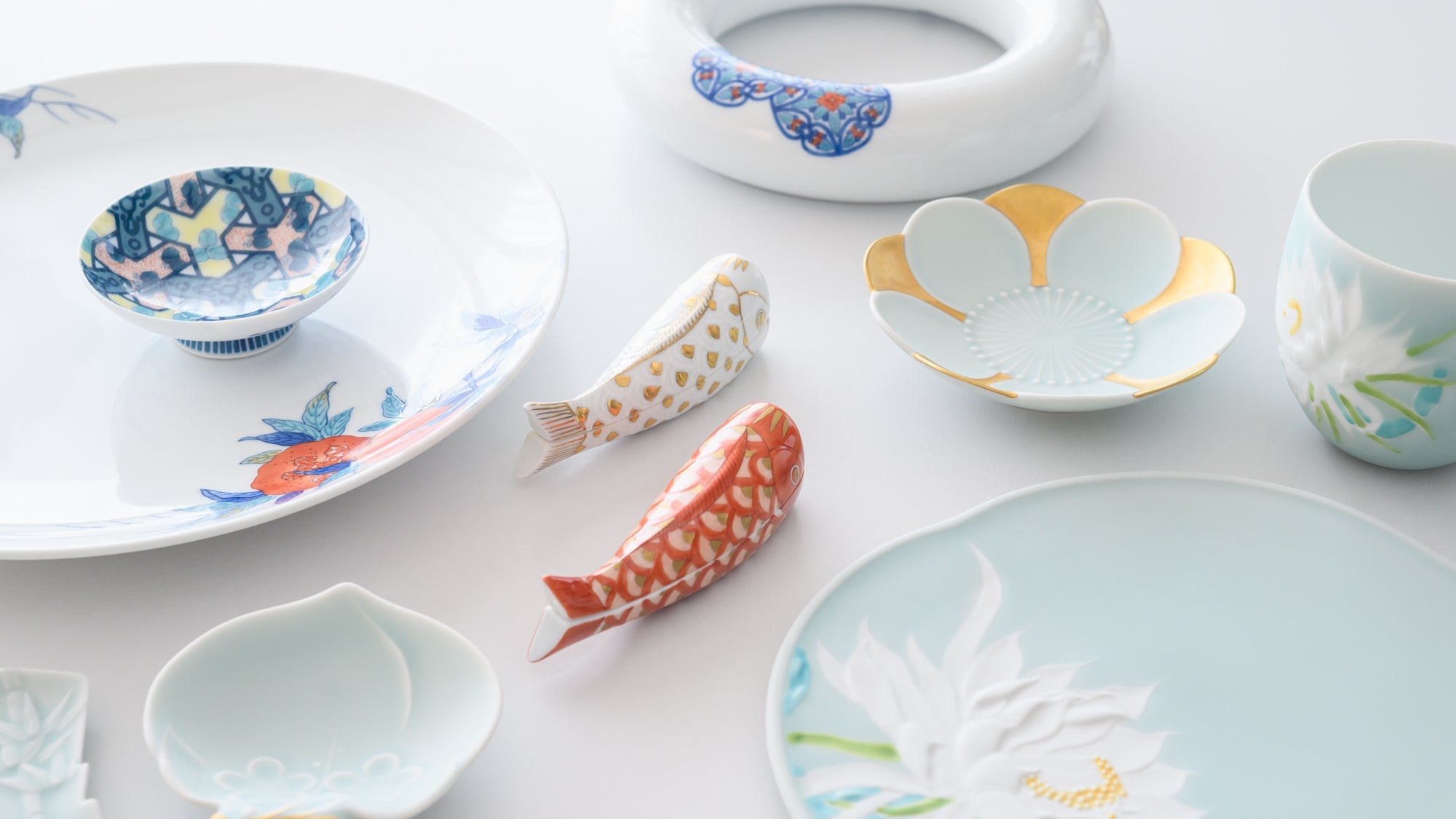
Crafts
Nabeshima ware is a type of porcelain crafted at the meticulously managed Nabeshima domain kiln. This kiln, which operated as a government-run project under the direct supervision of the Saga Nabeshima domain, flourished during the early Edo period (1603–1868 CE).
For approximately 250 years, Nabeshima ware was reserved solely and exclusively for shoguns and feudal lords, with the kilns producing exquisite pieces in styles like iro-Nabeshima (overglaze enamel), ai-Nabeshima (sometsuke), and Nabeshima seiji (celadon). After the feudal system ended, the kilns were privatized, welcoming new potters and giving rise to what is now known as Imari Nabeshima ware.
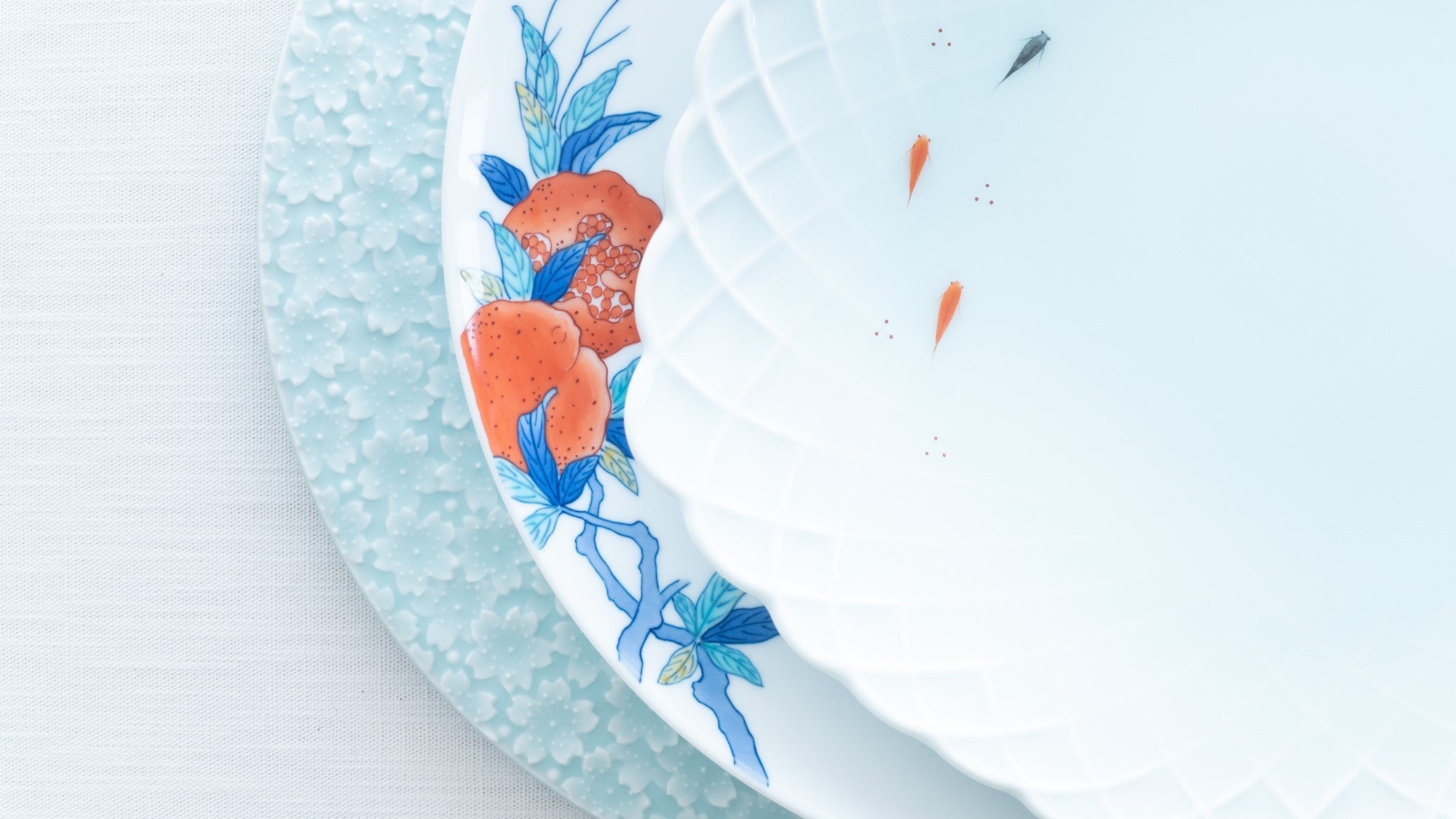
Choose options













Estimated Shipping Widget will be displayed here!
Dinner Plates
This category is for plates ranging from 21 cm (8.3 in) to 30.9 cm (12.2 in). For traditional Japanese meals, plates around 8 in are the most practical. On the other hand, when serving a one-plate dinner or pasta, plates around 25 cm (10 in) are more convenient.
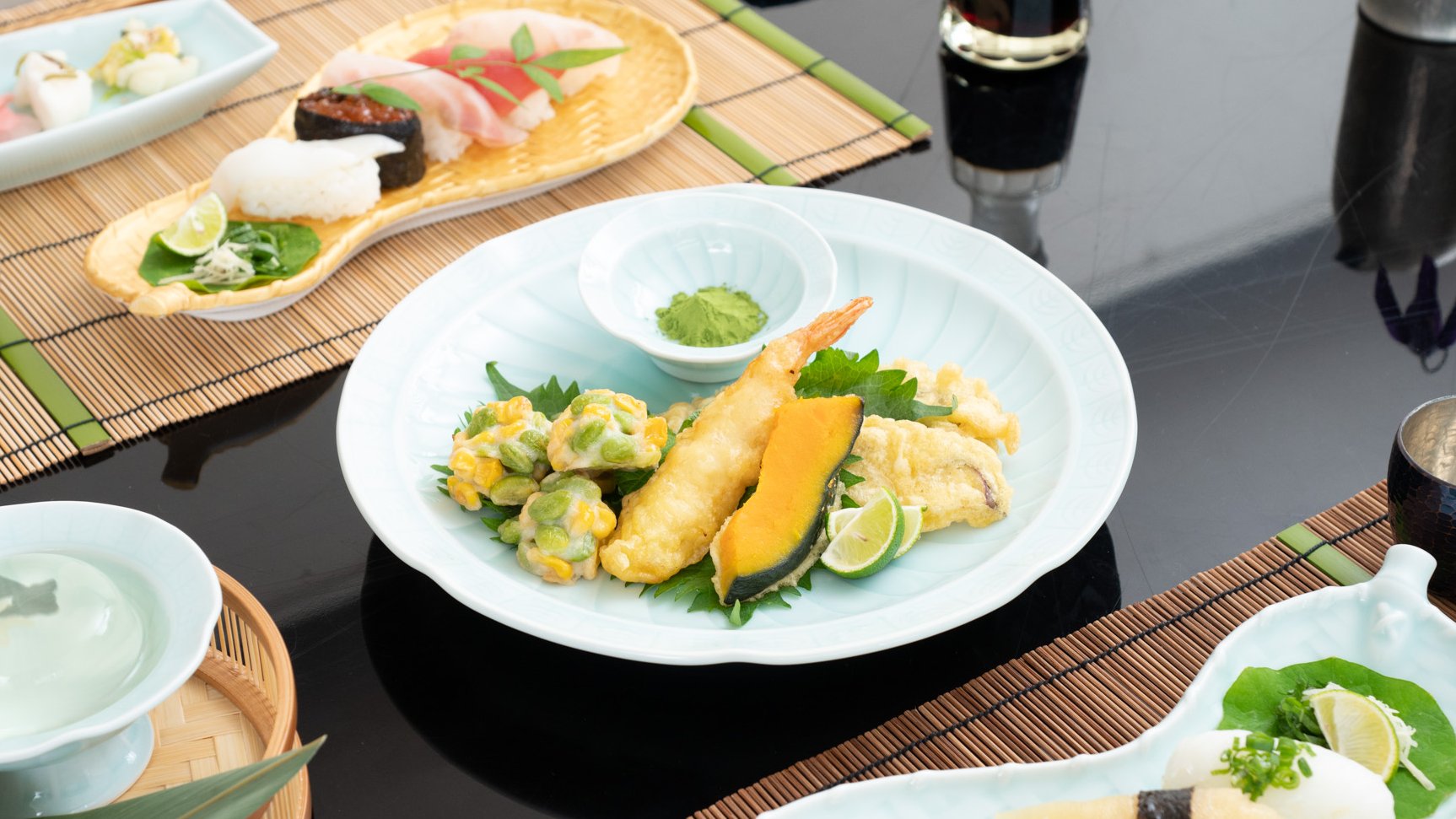
Celadon
Celadon porcelain originated in China and was introduced to Japan by the 10th century. Among the aristocratic classes at that time, celadon wares from China were regarded as the finest imported goods. They adored its mysterious blue and named it "secret-color."
Production of celadon ware began in the Hizen region, the northwestern part of present Kyushu in the early Edo period (1603 CE - 1868 CE), and the technique was later passed on to Kyoto and nearby areas. In 1957, the craft technology was designated a national intangible cultural asset. Celadon continues to be cherished and crafted by many potters and artisans today.
